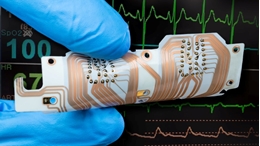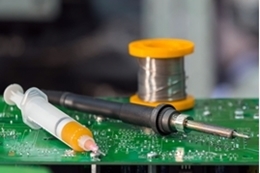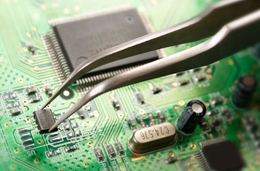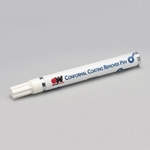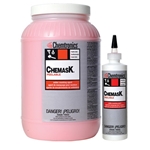10
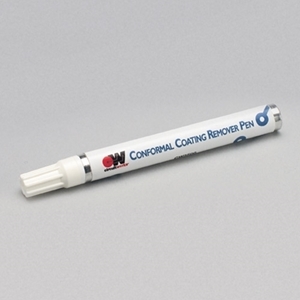
TDS
SDS (GHS)
CircuitWorks Conformal Coating Remover Pen
CircuitWorks® Conformal Coating Remover Pen allows for quick, convenient and precise spot removal of most types of conformal coatings in seconds. The solvent evaporates quickly and provides low surface tension for superior wetting.
Features & Benefits
- Spot cleans tight tolerance areas on circuit boards
- Marker dispenser provides controlled and exact application
- Evaporates quickly
- Provides low surface tension for superior wetting
- Low VOC content
| Shelf Life | 5 yrs. |
|---|---|
| Shipping Name | Consumer Commodity ORM-D |
| Specs | ANSI/IPC J STD-001, IPC-7711 |
| NSN | 6850-01-514-1372 |
Related products
You did not finish submitting your information to request a sample


